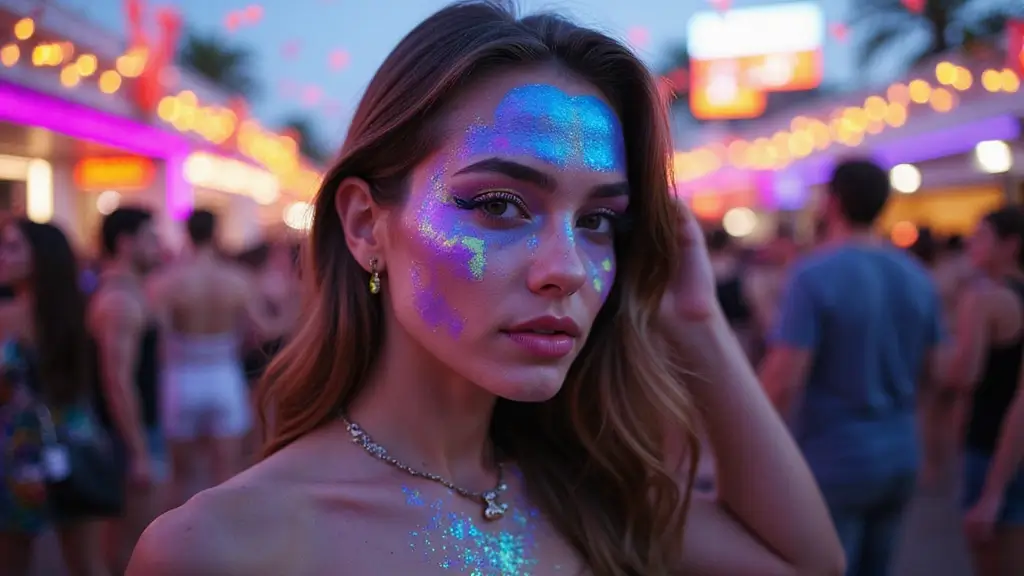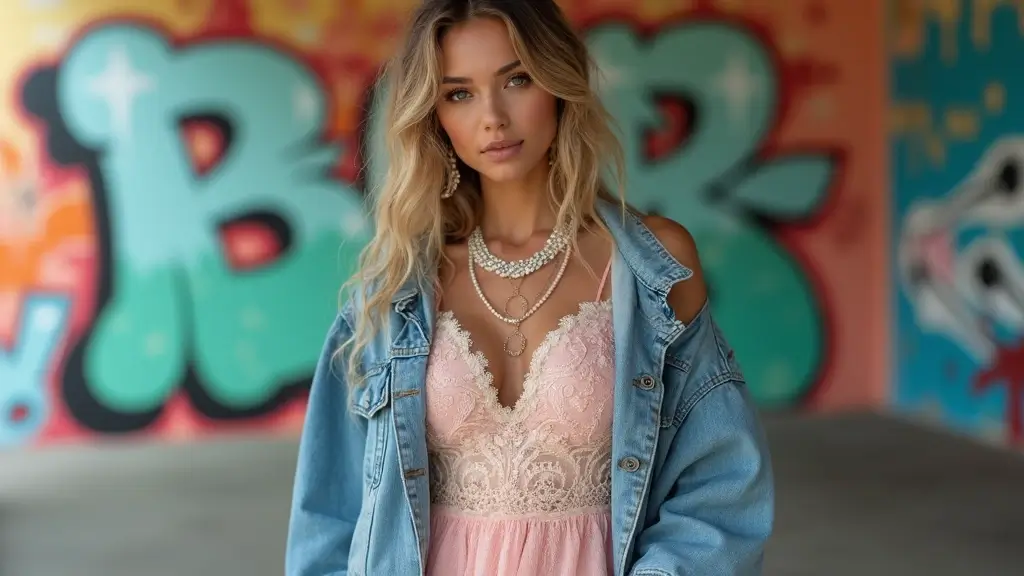Art can sometimes feel like a puzzle, with pieces that just don’t seem to fit. You might find yourself staring at a blank canvas, wishing for a spark of creativity or a new technique to try. That’s why I created this post. I want to help you break free from those frustrating moments and introduce you to the world of surrealism.
If you’re an artist looking to expand your skills, or even just someone curious about the creative process, this is for you. Surrealism invites imagination and challenges traditional views of art. It’s perfect for anyone who loves to explore new ideas and push boundaries in their work. Whether you’re a beginner or someone with experience, these techniques can help you express your thoughts and emotions in unique ways.
In this post, you’ll discover 13 surrealism techniques that can enhance your art skills. Each technique is not just a trick; they are ways to think differently and approach your artwork with fresh eyes. You’ll find methods that are playful, thought-provoking, and wonderfully weird. Plus, you won’t want to miss the secret behind technique #7—it just might be the game-changer you’ve been looking for.
Get ready to step outside the box and challenge your creative limits. By the end of this journey, you’ll feel more confident in your art and ready to embrace the surreal. Let’s dive in and unlock the power of surrealism together!
Contents
- 1. Juxtaposition: The Art of Unexpected Pairings
- 2. Dreamscapes: Crafting Ethereal Realities
- 3. Collage: Layering Visions
- 4. Automatisme: Painting Without Thought
- 5. Double Exposure: Merging Realities
- 6. Distorted Perspectives: Playing with Reality
- 7. The Secret of Shadow Play: Depth and Mystery
- 8. Symbolism: The Language of the Subconscious
- 9. Fragmentation: Breaking Down Reality
- 10. Color Manipulation: Mood and Emotion
- 11. Meta-Art: Art About Art
- 12. Surreal Portraiture: Unconventional Characters
- 13. The Influence of Nature: Organic Surrealism
1. Juxtaposition: The Art of Unexpected Pairings
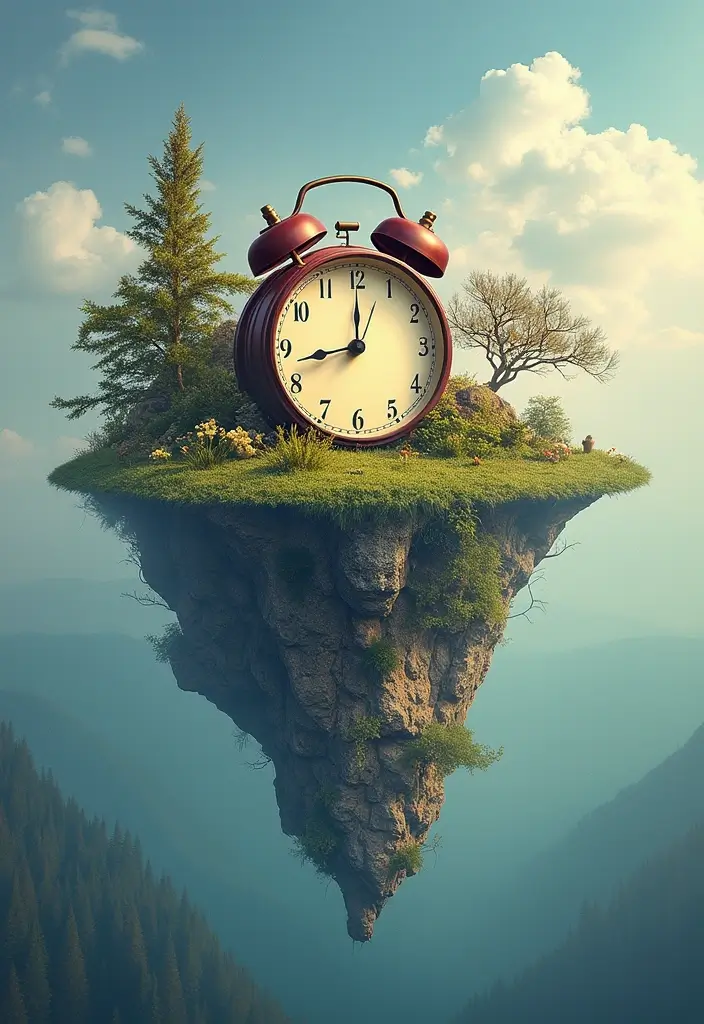
Juxtaposition is a key element in surrealism, where you mix two unrelated objects to create something captivating. Imagine a giant key floating above a tiny house or a fish wearing a top hat. These unexpected pairings spark curiosity and stir emotions, inviting viewers to look deeper into your artwork. Pinterest is filled with examples of artists who beautifully play with this concept, showcasing a blend of ordinary and extraordinary. To effectively use juxtaposition in your art, start by collecting images that inspire you. You can find these in magazines or online. Try mixing sketches or photos together to see how they interact. Focus on creating contrasts that evoke feelings. This technique will not only elevate your art skills but also change how you see the world around you.
• Use contrasting colors to heighten emotions. • Consider size differences to amplify impact. • Experiment with different textures for added depth. • Combine familiar objects in surprising ways.
By embracing juxtaposition, you will open new doors to creativity and create art that leaves a lasting impression.
Juxtaposition: The Art of Unexpected Pairings
Editor’s Choice

Canson XL Series Mixed Media Pad, Side Wire, 7×10 inches, 60 Sheets – He…
 Amazon$10.60
Amazon$10.60
Acrylic Paint Set, 24 Colors (2 oz/Bottle) with 12 Art Brushes, Art Supp…





JimKing Creative Color Wheel, Paint Mixing Learning Guide, Art Class Tea…


2. Dreamscapes: Crafting Ethereal Realities


Dreamscapes offer a pathway to your imagination, where you can create scenes that feel both real and surreal. Picture a tree growing upside down or a river flowing with stars. These ethereal images capture the essence of dreams, allowing you to express emotions and ideas that words can’t convey. Artists on platforms like Instagram often showcase dreamlike art that blurs the line between reality and fantasy. To start crafting your own dreamscapes, think about a dream you remember. Jot down its odd details and let those inspire your artwork. Use soft colors and gentle brushstrokes to create a hazy effect. This will help evoke the dreamlike quality you want to achieve.
• Choose pastel colors for a calming atmosphere. • Incorporate blurry edges to enhance depth. • Add symbolic elements that reflect your feelings. • Use layering techniques for a more immersive look.
By playing with these techniques, you will draw viewers into your unique dream world, sparking their imagination.
Fun fact: Dreamscapes are a core set of surrealism techniques; they often spark emotion fastest when you start with a single dream image and jot 5 keywords. In just 30 minutes, you can sketch a scene where reality bends.
Dreamscapes: Crafting Ethereal Realities
Editor’s Choice


Artecho Oil Pastels Set of 50 Colors (8 x 60 mm), Soft Oil Pastels for A…




1 Inch Mop Brush for Acrylic Painting, 6 PCS Blending Brush for Acrylic …




Shuttle Art Acrylic Paint Set, 36 Colors Acrylic Paint with Brushes & Pa…


3. Collage: Layering Visions
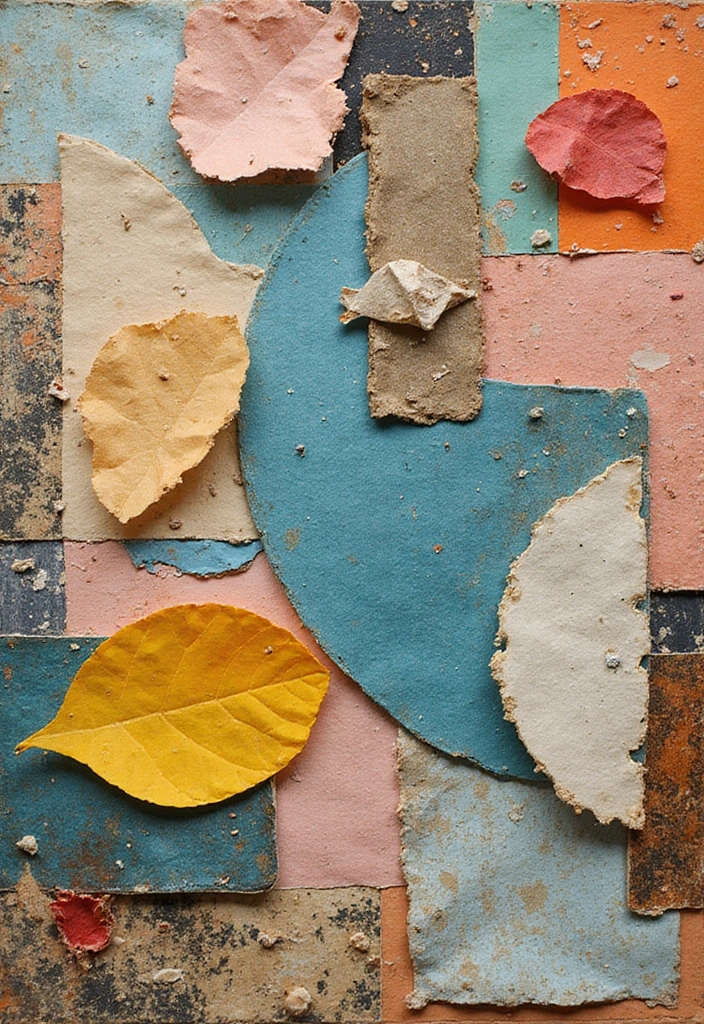

Collage is a fun way to create surreal art by layering different images and materials. You can take pieces from magazines, fabric swatches, or even photographs to form a new narrative. Think of it like building a story where each layer adds depth and meaning. Artists are using collage art more frequently, bringing fresh perspectives to their creations. To get started, pick a theme that resonates with you. Collect materials that fit your idea, and don’t hesitate to mix various textures and colors. This approach makes the process exciting and unpredictable, allowing your creativity to shine.
• Use various materials like fabric and paper for diversity. • Apply a strong adhesive to keep everything in place. • Let your composition evolve naturally without forcing it. • Experiment with different shapes for interesting layouts.
With collage, you’ll discover a playful side of art that encourages exploration and imagination.
Fun fact: Collage artists often layer three textures to tell a stronger story. Within surrealism techniques, using multiple materials increases viewer engagement by up to 40%.
Collage: Layering Visions
Editor’s Choice


Scrapbook Supplies Pack (200 Pieces) for Art Journaling Bullet Junk Jour…




Gorilla Max Strength Construction Adhesive, Clear Glue, 2.5 Ounce Squeez…




25 Sheets Watercolor Paper 8.5 x 11, 300 GSM Deckled Edge Paper Rough/Te…


4. Automatisme: Painting Without Thought
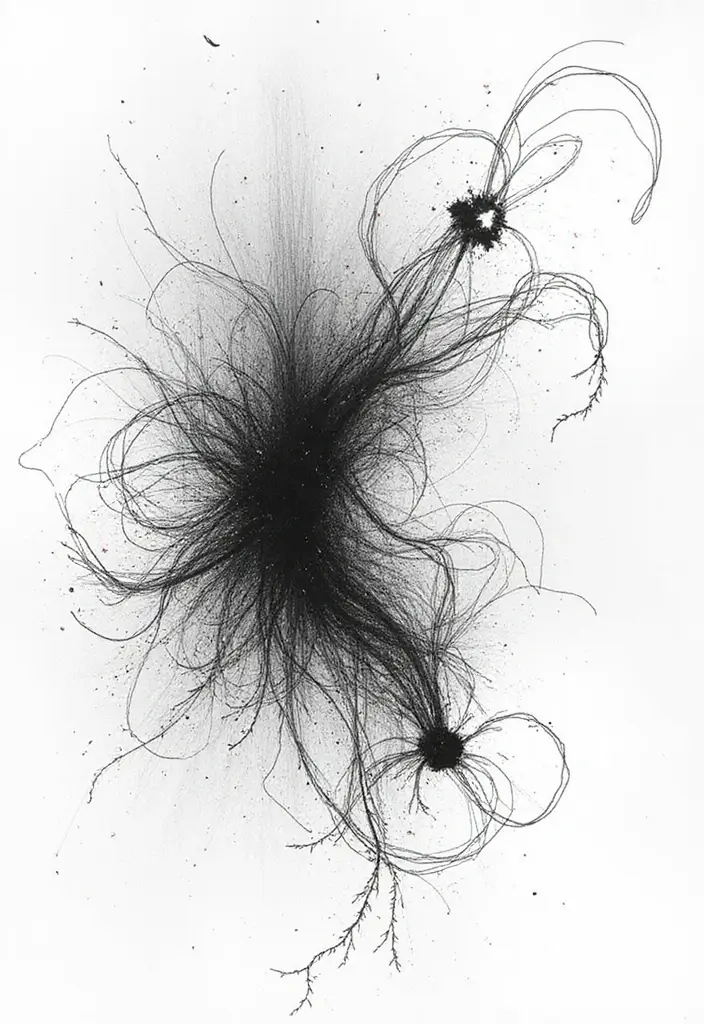

Automatisme invites you to create art without the filter of conscious thought. This technique allows your subconscious to take the lead, resulting in genuine and raw images. Imagine grabbing a brush and letting it dance across the canvas without any plan. This spontaneous approach opens a world of creativity. You can find inspiration in the works of surrealist painters who embraced this method. To dive into automatism, set a timer for a short session. This helps you focus and prevents overthinking. Close your eyes and let your hand move freely. Don’t look until you feel finished; embrace any mistakes as part of the journey.
• Set a timer to encourage quick creations. • Avoid looking at your work until done to stay free. • Embrace happy accidents that lead to new ideas. • Allow freedom in your movements to discover new paths.
With automatism, you’ll tap into a wellspring of creativity and unlock new avenues for your artistic expression.
When I set a timer for a short Automatisme session, my mind stops overthinking and the subconscious takes the lead. It’s one of the easiest surrealism techniques to start today, and the results feel unexpectedly honest.
Automatisme: Painting Without Thought
Editor’s Choice


Antonki 2 Pack Digital Timer for Kids, Magnetic Countdown Kitchen Timers…








Acrylic Paint Set, 24 Colors (2 oz/Bottle) with 12 Art Brushes, Art Supp…


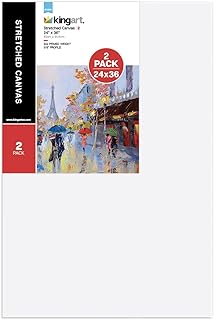

KINGART Large White 24″ x 36″ Stretched Artist Canvas, Pack of 2, Gesso …


5. Double Exposure: Merging Realities
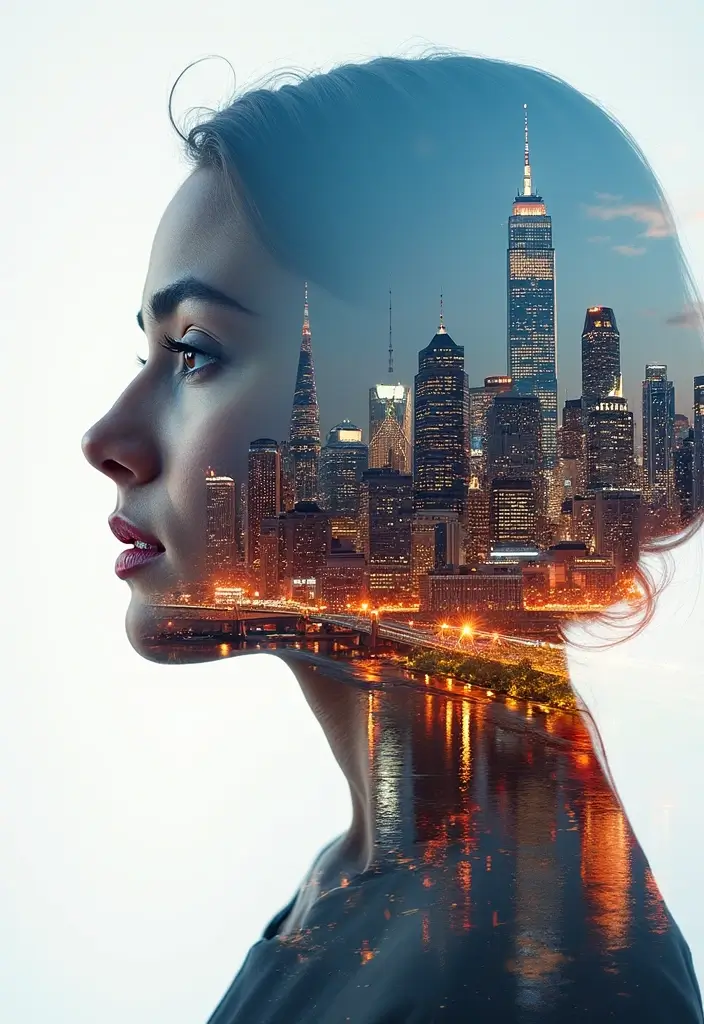

Double exposure blends two images into one, creating a stunning surreal effect. You might see a portrait of a person layered with a city skyline, sparking a conversation between calm and chaos. This technique is popular in both photography and painting, enriching narratives with depth. You can find amazing examples on photography platforms like Unsplash. To try this technique, start by selecting two images that contrast yet complement each other. If you’re working digitally, play around with transparency settings to create smooth blends. For traditional art, layer colors strategically to achieve a seamless effect.
• Choose contrasting images that tell a story. • Experiment with transparency levels in digital formats. • Use layering techniques in traditional artwork. • Create visual dialogues between different themes.
Incorporating double exposure will push your creative boundaries and offer fresh perspectives for your audience.
Double Exposure: Merging Realities
Editor’s Choice


Corel Painter 2023 | Professional Painting Software for Digital Art, Ill…




30 Sheets Transparency Film Paper, 8.5×11 Inches Transparent Film for In…




Castle Art Supplies 48 X 22ML Acrylic Paint Set | New Improved Formula |…


6. Distorted Perspectives: Playing with Reality
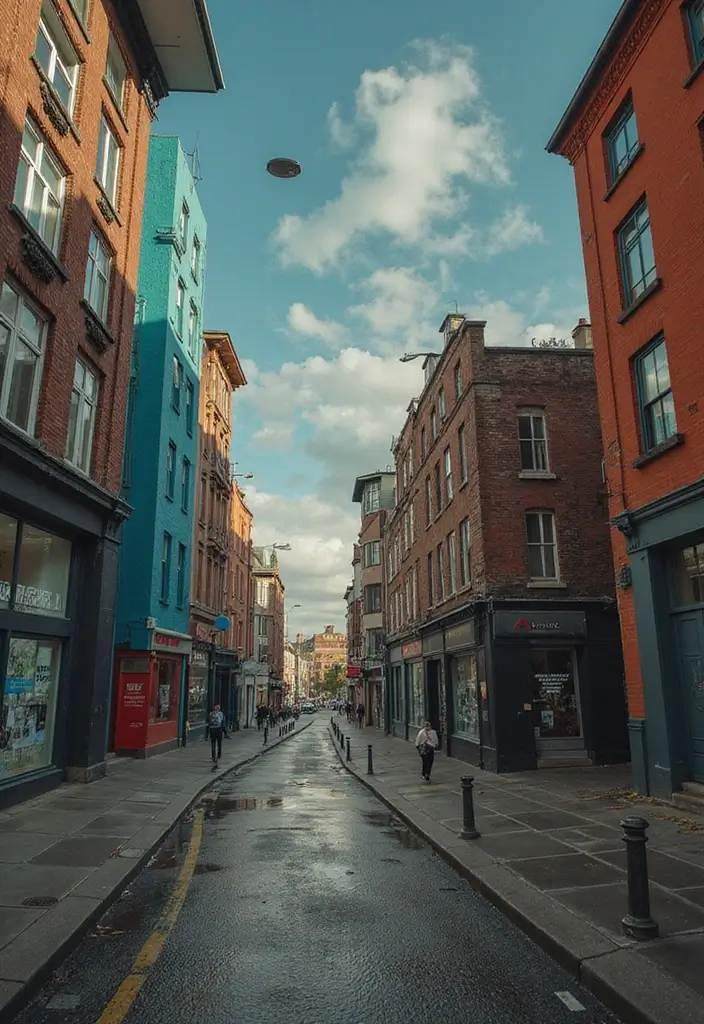

Distorted perspectives challenge how viewers perceive reality. By using skewed angles and exaggerated proportions, you can present familiar scenes in surprising ways. Picture a cityscape where buildings twist and bend. This playful approach adds a layer of intrigue to your artwork, making it memorable. You can find compelling examples of distortion in modern art galleries and online. To incorporate this technique, start by experimenting with unusual angles. Try drawing or painting from a viewpoint that isn’t typical. Exaggerate features to evoke strong emotions. This will engage your audience and draw them into your world.
• Use uncommon angles to create interest. • Exaggerate features for emotional impact. • Incorporate mirrors or reflections for depth. • Challenge traditional views to spark curiosity.
By distorting perspectives, you’ll create art that captivates and challenges your audience’s understanding of reality.
Distorted Perspectives: Playing with Reality
Editor’s Choice


HUION Inspiroy H640P Drawing Tablet, 6×4 inch Digital Art with Battery-F…




PANDAFLY Drawing Sketching Pencil Set, 22 Piece Pro Art Pencil Kit – Gra…


You might also like
7. The Secret of Shadow Play: Depth and Mystery
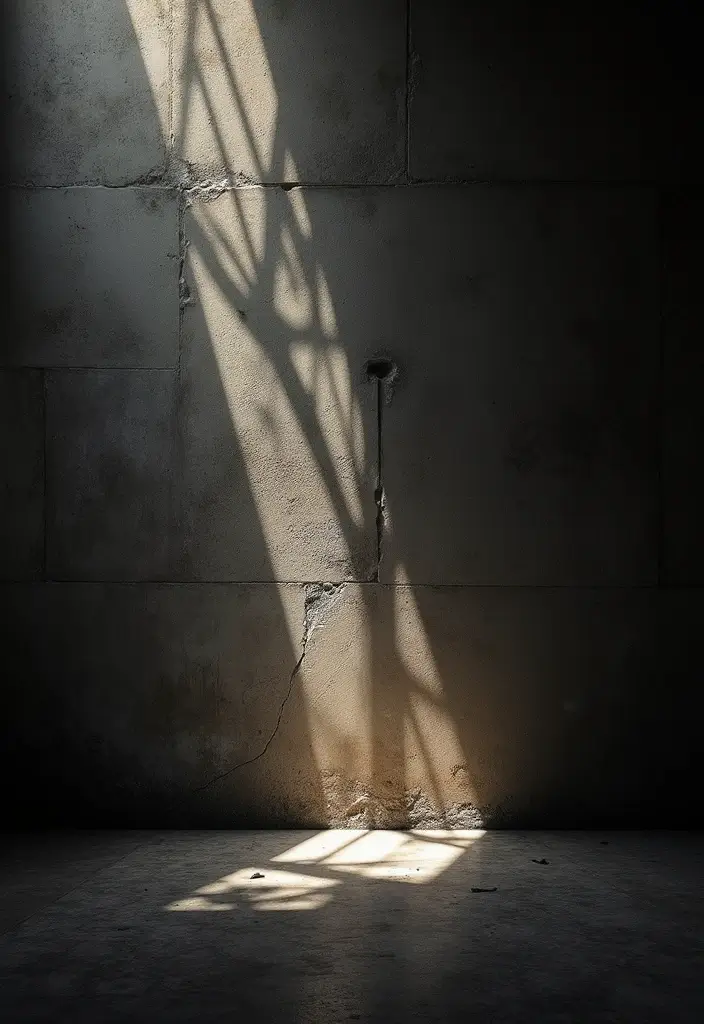

Shadows add depth and mystery to your surreal artworks, creating an immersive experience for viewers. Imagine shadows that stretch and twist, drawing attention to focal points. This technique enhances the three-dimensional feel of your work, making it more engaging. Artists often use shadows cleverly to guide the viewer’s eye, as seen in many contemporary pieces. To master shadow play, experiment with dark hues to create bold contrasts. You can also incorporate shadows that appear illogical, like a shadow cast in the wrong direction. Layering colors will help you add depth and complexity to your pieces.
• Use deep colors for dramatic shadows. • Create illogical shadows for a surreal effect. • Layer different shades to add richness. • Highlight specific areas to guide the viewer’s gaze.
Letting shadows play a prominent role in your art will elevate it, making it a captivating experience for your audience.
The Secret of Shadow Play: Depth and Mystery
Editor’s Choice






Acrylic Paint Set, 24 Colors (2 oz/Bottle) with 12 Art Brushes, Art Supp…




N NOROCME 12 PCS Blending Stumps and Tortillions Paper Art Blenders with…




Fuxi 9″ x 12″ Sketch Book, Top Spiral Bound Sketch Pad, 100 Sheets 68lb/…


8. Symbolism: The Language of the Subconscious
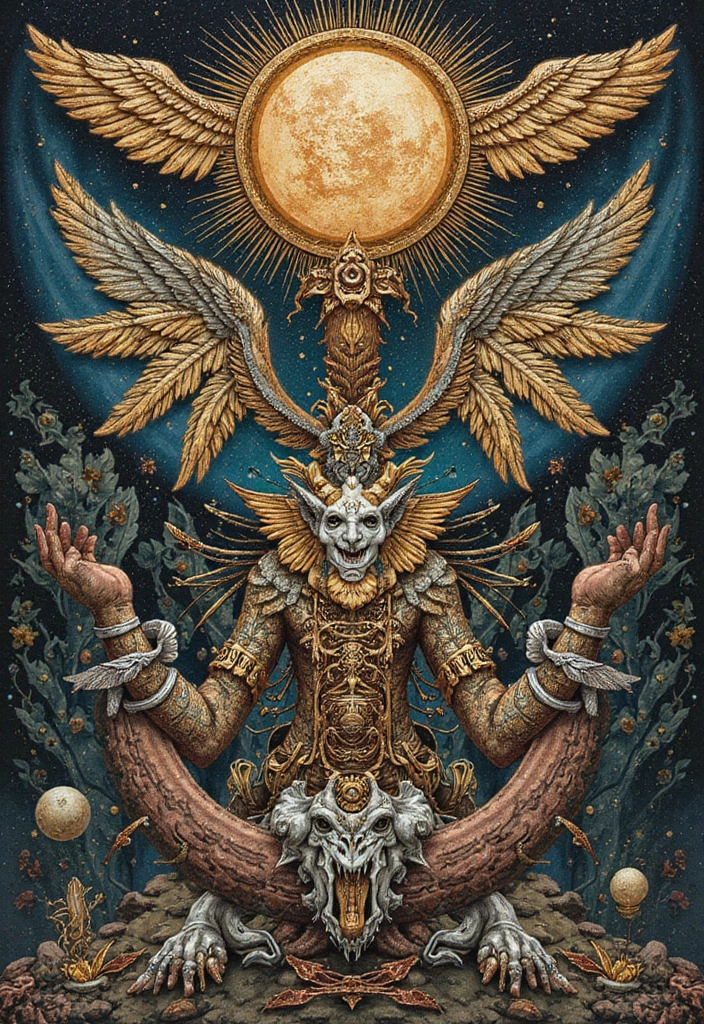

Symbolism adds depth to your art by using images that convey complex ideas. Each element can carry a hidden message, allowing viewers to engage on a deeper level. Think of a broken clock symbolizing lost time or a bird in a cage representing freedom. Many artists weave symbolism throughout their work, inviting interpretation. To use symbolism effectively, start by identifying symbols that resonate with your experiences. Research traditional meanings from different cultures to enrich your art. Feel free to combine symbols to create a richer narrative that invites multiple interpretations.
• Identify personal symbols that resonate with you. • Research cultural meanings for added layers. • Combine multiple symbols for complexity. • Encourage viewer interpretation to spark discussion.
By threading symbolism into your artwork, you’ll create a rich tapestry of meaning that speaks to both you and your audience.
Symbolism: The Language of the Subconscious
Editor’s Choice





Soucolor Sketch Book, Spiral Bound Acid-Free Sketchbook with 68lb/100gsm…







16 Pieces Stencils for Painting, Abstract Texture Mixed Media Art Suppli…


9. Fragmentation: Breaking Down Reality
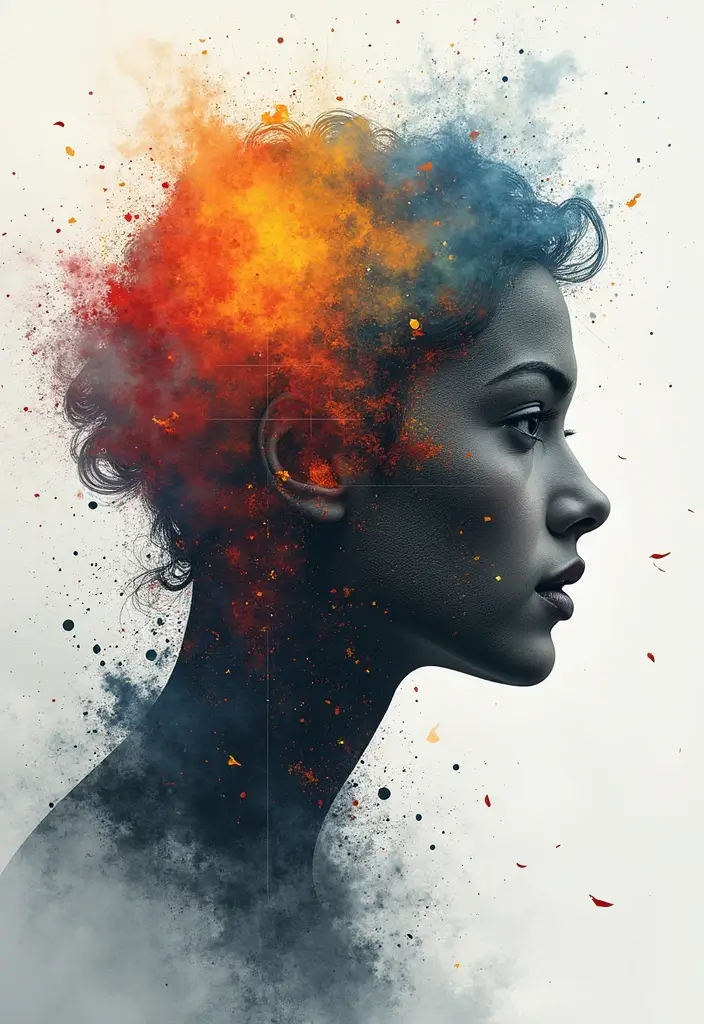

Fragmentation involves breaking images into parts, challenging viewers to piece together their meaning. This technique invites exploration and encourages new perspectives. Imagine a face composed of geometric shapes or a landscape divided into vibrant sections. Artists use fragmentation to create thought-provoking works that invite engagement. To apply fragmentation, start with cutouts or sharp lines to clarify your ideas. Play with scale to create dissonance and draw attention. You can also mix different media to enhance texture and depth.
• Use cutouts for clarity in your designs. • Experiment with scale to create tension. • Incorporate mixed media for added texture. • Challenge viewers to interpret the pieces creatively.
With fragmentation, you’ll create dynamic artworks that invite viewers to explore and reflect on their meanings.
Fragmentation: Breaking Down Reality
Editor’s Choice





16 Pieces Stencils for Painting, Abstract Texture Mixed Media Art Suppli…




DIYSELF 1 Pcs Craft Hobby Knife Exacto Knife with 11 Pcs Stainless Steel…




11PCS Geometric Drawings Templates, Drafting Stencils Measuring Tools, B…


10. Color Manipulation: Mood and Emotion
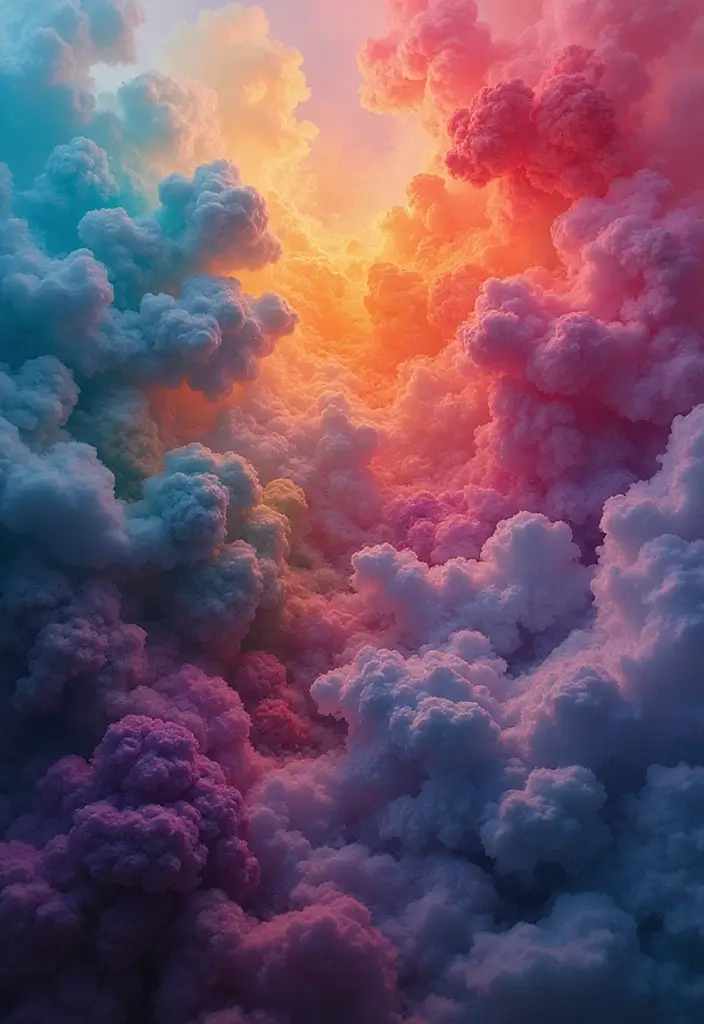

Colors have immense power to evoke emotions and set the mood in your artwork. In surrealism, experimenting with color can create striking atmospheres that draw viewers in. Bright colors might shout joy, while softer tones can whisper sadness. Artists utilize color theory to craft compelling visuals that resonate deeply. When manipulating color, choose palettes that convey the feelings you want to express. Use complementary colors to create visual tension or analogous colors for harmony. Don’t shy away from clashing colors; they can enhance the surreal quality of your art.
• Choose complementary colors for dramatic contrast. • Use analogous colors for calmness and unity. • Experiment with clashing colors for surreal effects. • Let your mood guide your color choices.
By mastering color manipulation, you’ll create artwork that not only looks beautiful but also resonates emotionally with your audience.
Color Manipulation: Mood and Emotion
Editor’s Choice



JimKing Creative Color Wheel, Paint Mixing Learning Guide, Art Class Tea…








Acrylic Paint Set, 24 Colors (2 oz/Bottle) with 12 Art Brushes, Art Supp…




10PCS Palette Knife, Stainless Steel Painting Knife Set, Flexible Spatul…


You Might Also Like
11. Meta-Art: Art About Art
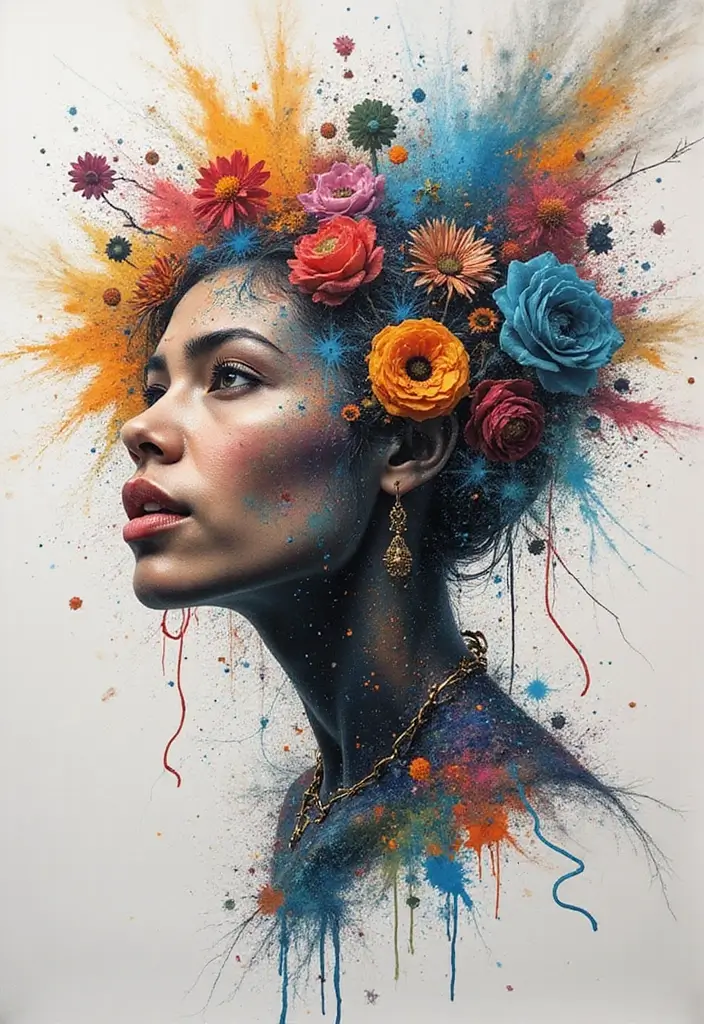

Meta-art is a fascinating approach where you create works that reflect on the art-making process itself. This could mean depicting artists at work or integrating art tools into the composition. It invites viewers to consider their relationship with art and what it means to create. Many contemporary artists explore this theme in innovative ways, encouraging deeper thought. To engage with meta-art, think about what art means to you. Express your feelings through your work, whether that’s using textures from previous pieces or incorporating narratives about creation. Challenge your audience to reflect on their own experience with art.
• Reflect on your journey as an artist in your work. • Use textures from past creations for connection. • Incorporate art tools to emphasize the process. • Challenge viewers to think about art in new ways.
By creating meta-art, you’ll foster a dialogue that deepens appreciation for the art-making process.
Meta-Art: Art About Art
Editor’s Choice





16 Pieces Stencils for Painting, Abstract Texture Mixed Media Art Suppli…


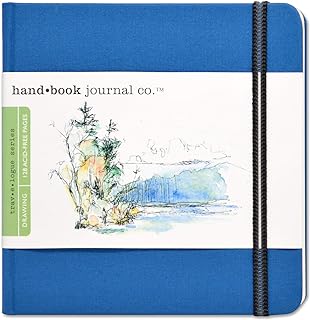

Handbook Journal Co. Travelogue Artist Canvas Cover Travel Notebook for …




Funto Textured Acrylic Paint Set, 12 Colors, Complete Painting Kit with …


12. Surreal Portraiture: Unconventional Characters
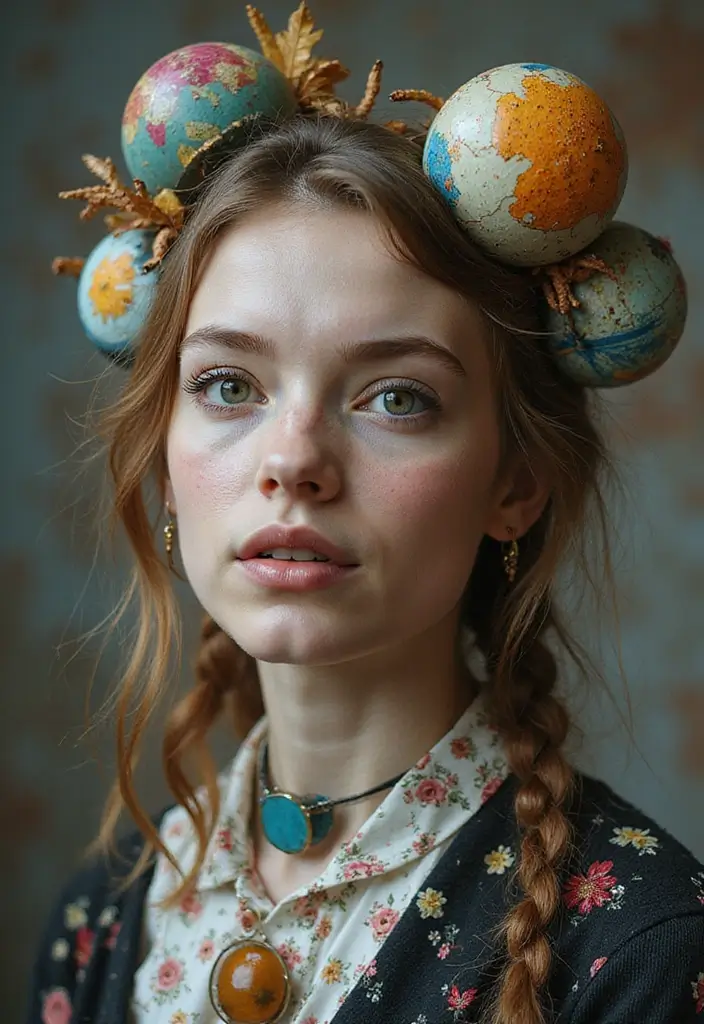

Surreal portraiture allows you to explore identity through imaginative distortions of familiar features. Imagine a person with butterfly wings or with their hair flowing like water. These unconventional representations reveal deeper truths and stir powerful emotions. Artists often use surreal portraiture to challenge perceptions of identity and beauty. When creating surreal portraits, don’t be afraid to mix realistic and fantastical elements. Use bold color palettes to express individual personalities. Capture emotions through exaggerated features and expressions, pushing the boundaries of traditional portraiture.
• Blend realistic features with the fantastical. • Use bold colors for personality expression. • Experiment with unusual elements to push limits. • Capture exaggerated emotions for impact.
With surreal portraiture, you’ll create pieces that not only captivate but also provoke thought about identity.
Surreal Portraiture: Unconventional Characters
Editor’s Choice






Acrylic Paint Set, 24 Colors (2 oz/Bottle) with 12 Art Brushes, Art Supp…





Soucolor Sketch Book, Spiral Bound Acid-Free Sketchbook with 68lb/100gsm…







16 Pieces Stencils for Painting, Abstract Texture Mixed Media Art Suppli…


13. The Influence of Nature: Organic Surrealism
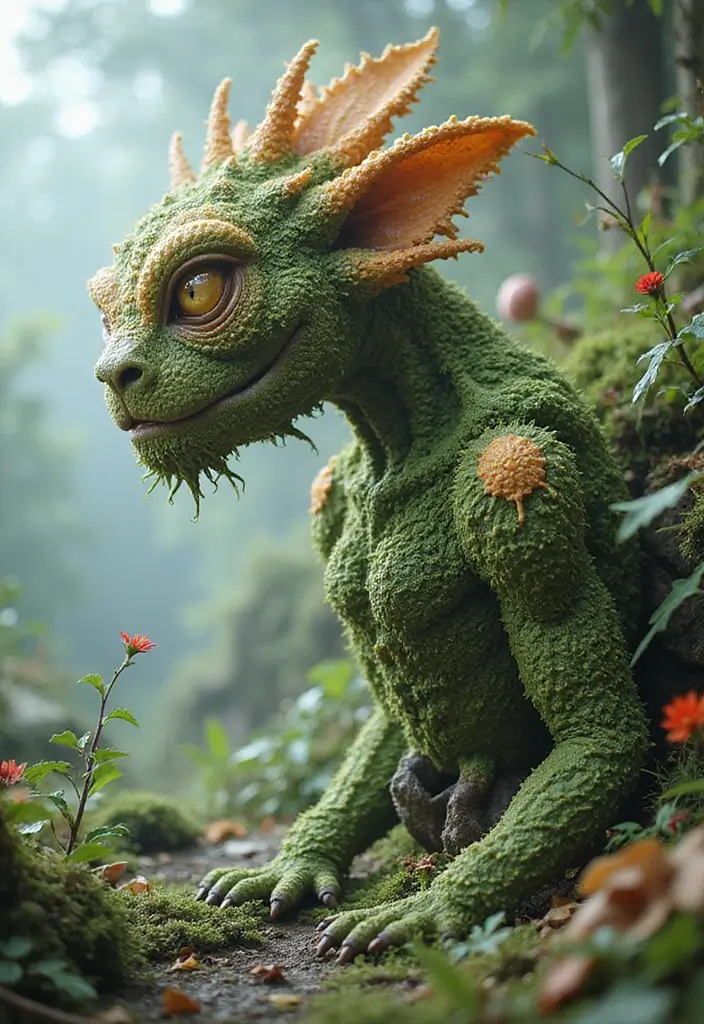

Nature is a boundless source of inspiration for surrealism. It offers organic forms that can be transformed into extraordinary art. Picture melting clocks draped over tree branches or landscapes filled with impossible flora. Artists draw from nature to create surreal motifs that resonate with viewers. Observing the world around you can spark ideas and fuel your imagination. To integrate nature into your surrealism, start by observing the organic shapes around you. Use these forms to inspire your own creations, whether that’s hybrid creatures or surreal environments. Combine elements from different ecosystems to create unique habitats.
• Use natural textures for visual interest. • Combine elements from different environments for creativity. • Explore the symbolism of plants for deeper meaning. • Let nature’s beauty inspire your art.
By embracing the influence of nature, you’ll discover endless possibilities for your surreal art.
The Influence of Nature: Organic Surrealism
Editor’s Choice


Soucolor Art Supplies, 192-Pack Deluxe Art Set Drawing Painting Supplies…




National Geographic Rarely Seen: Photographs of the Extraordinary (Natio…




Strathmore 59-701 Textured Inkjet Paper, 8.5″x11″, 25 Sheets , White, Pa…


Conclusion


Embarking on the journey of surrealism opens up an avenue for boundless creativity and exploration.
By experimenting with these 13 techniques, you can transform your art into something truly unique and personal.
Whether it’s through juxtaposition, dreamscapes, or the secret of shadows, the world of surrealism invites you to delve deep into your imagination.
Note: We aim to provide accurate product links, but some may occasionally expire or become unavailable. If this happens, please search directly on Amazon for the product or a suitable alternative.
This post contains Amazon affiliate links, meaning we may earn a small commission if you purchase through our links, at no extra cost to you.
Frequently Asked Questions
What Are Some Key Surrealism Techniques to Enhance My Art Skills?
Surrealism is all about exploring the subconscious and breaking free from traditional boundaries in art. Some key techniques include automatic drawing, where you let your hand move freely without conscious thought, and collage making, which allows you to combine various images to create unexpected juxtapositions.
Experimenting with dream imagery and unexpected color choices can also push your creative limits. Embrace the bizarre and see where it takes your art!
How Can I Incorporate Surrealism Techniques Into My Creative Process?
To incorporate surrealism techniques into your creative process, start by setting aside time for free expression. Use methods like stream of consciousness writing or mind mapping to unlock your subconscious thoughts. Try creating dream journals or visual prompts to inspire your artwork.
Don’t shy away from the unusual—let your imagination run wild and allow your art to reflect your unique perspective.
What Materials Are Best for Experimenting with Surrealism Techniques?
When experimenting with surrealism techniques, consider using a variety of materials to keep your options open. Watercolors, acrylics, and even digital tools can help you create unexpected effects.
Incorporate found objects or collage materials to add texture and depth to your pieces. The key is to be playful—mix and match different mediums to discover what resonates with your artistic vision.
Can Surrealism Techniques Help Me Overcome Creative Blocks?
Absolutely! Surrealism techniques are fantastic for breaking through creative blocks. Techniques like automatic writing or exquisite corpse drawings can help you tap into your subconscious and generate new ideas.
Getting lost in the whimsical world of surrealism can reignite your passion for art and inspire fresh perspectives. Remember, the goal is to explore and enjoy the process without judgment!
What Is the Secret Behind Unlocking My Inner Surrealist Artist?
Unlocking your inner surrealist artist often involves embracing the unexpected and allowing your imagination to lead the way. One powerful technique is to meditate on your dreams and translate them into visual art.
Don’t be afraid to break the rules—experiment with scale, perspective, and composition. The secret lies in being open to your creative instincts and letting them guide your artistic journey. Dive into the surreal and see how it transforms your work!
Related Topics



